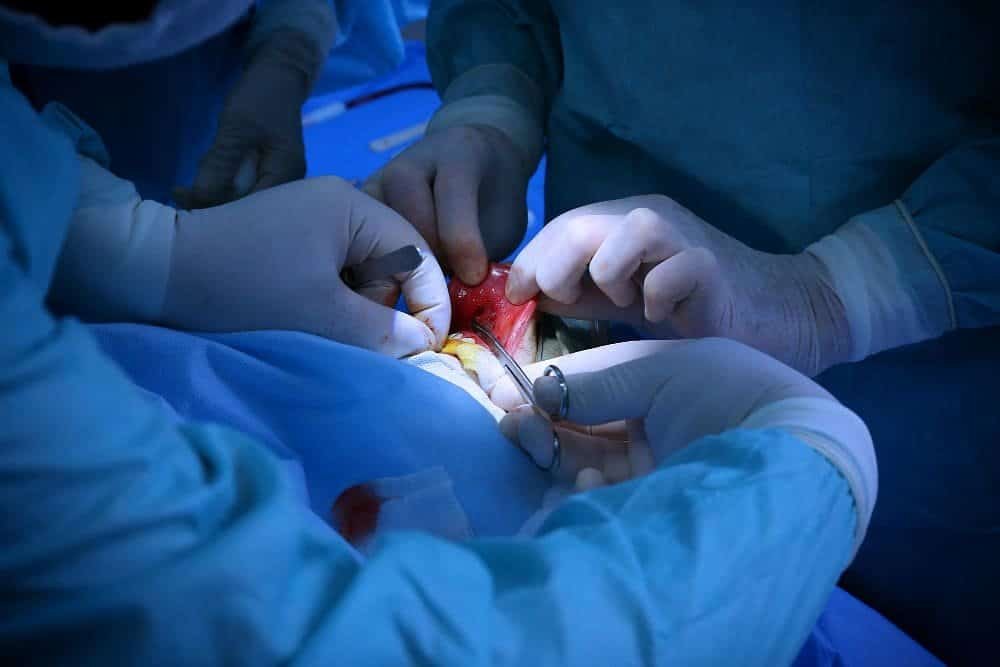Dealing with the discomfort or fertility issues of a varicocele can be challenging. To make an informed decision about your health, it is essential to learn about varicocele embolization side effects and what the procedure involves. This article provides a clear overview to help you understand the treatment. 🤔

What Exactly Is a Varicocele?
A varicocele is essentially a group of enlarged veins within the scrotum, similar to a varicose vein you might see in a leg. These veins are part of the network that circulates blood to and from the testicles. Normally, tiny valves inside these veins ensure blood flows in the right direction. When these valves fail, blood can flow in reverse or pool, causing the veins to stretch and get bigger. This abnormality is called a varicocele.
This condition is quite common, affecting a significant percentage of the male population. While some men experience no symptoms, others may face:
- A dull ache or discomfort in the scrotum, especially after standing for long periods.
- A feeling of heaviness in the testicle.
- Visible, enlarged veins that look or feel like a “bag of worms.”
- Swelling in the scrotum.
- Issues with fertility, as the pooled blood can raise the temperature around the testicle, potentially affecting sperm production and quality.
Varicoceles are more common on the left side due to the specific location and anatomy of the left testicular vein and its connection to the renal vein. An experienced doctor can diagnose a varicocele through a physical exam, and the size can be graded using a classification system, such as the Bähren classification, to determine its severity.
How Can a Varicocele Be Treated?
When a varicocele causes significant pain, testicular atrophy (shrinking), or infertility, treatment may be recommended. There are two main types of treatment options: surgical methods and a minimally invasive procedure called embolization.
- Surgical Options: Traditional surgical repair, often performed by a urologist, involves methods like open surgery or laparoscopy. The surgeon makes an incision to access and tie off the abnormal vein or veins, stopping the reverse blood flow. While effective, surgery requires general anesthesia and a longer recovery period.
- Percutaneous Varicocele Embolization: This is a minimally invasive medical procedure performed by an interventional radiologist. It is a non-surgical method designed to block the enlarged vein, redirecting blood flow to healthier vessels. This treatment has become a popular alternative to surgery due to its high success rate and quicker recovery.
The Embolization Procedure: A Step-by-Step Overview
If you and your doctor decide that the use of percutaneous varicocele embolization is the right choice, it helps to know what to expect. This procedure is typically performed on an outpatient basis, meaning you can go home the same day.
An interventional radiologist, a doctor with special training in minimally invasive, image-guided procedures, will perform the embolization. Here is a simple overview of the steps involved:
- Entry Point: The radiologist will numb a small area of skin, usually in the groin or neck, and make a tiny puncture to insert a catheter (a thin, flexible tube) into a vein.
- Guided by Imaging: Using real-time X-ray imaging, the radiologist carefully guides the catheter through your blood vessels to the location of the abnormal testicular vein.
- Venogram: A contrast agent (a special dye) inject through the catheter. This allows the radiologist to perform a venogram, which is an X-ray of the veins. This highlights the presence of the varicocele and any associated collateral veins, providing a clear roadmap.
- Blocking the Vein: Once the enlarged vein is identified, the radiologist will embolize it. This means blocking the vein to stop the problematic blood flow. This is done by deploying tiny coils, a special glue-like substance, or other embolizing agents through the catheter. These agents permanently block the vein.
- Redirecting Blood Flow: With the abnormal vein blocked, blood flow naturally diverts to healthy, normal veins. The pooled blood in the scrotum drains away, and the varicocele shrinks over time.
- Completion: The catheter removed, and a small plaster or bandage is placed over the tiny entry wound. The entire procedure usually takes about an hour. 👍
Understanding Varicocele Embolization Side Effects and Risks
Like any medical procedure, varicocele embolization has potential side effects and complications. However, it is considered a very safe treatment, and serious risks are rare, especially when performed by an experienced interventional radiologist. The current article reviews the most common issues to provide a complete picture.
Common and Minor Side Effects
Most side effects are mild and resolve on their own within a few days. These can include:
- Pain or Discomfort: You may experience some mild pain in the scrotum, groin, or lower back. This is typically manageable with over-the-counter pain relievers.
- Bruising or Swelling: Some minor swelling or a small bruise may appear at the catheter entry site.
- Nausea: A small number of patients might feel nauseous, which could be a reaction to the contrast material or sedation.
Your aftercare instructions will guide you on managing this discomfort and caring for the small wound where the tube was inserted.
Less Common Complications
While not common, it’s important to be aware of the potential risks associated with the procedure.
- Recurrent Varicocele: In some cases, a varicocele can return after treatment. This is often because small, collateral veins were not identified and blocked during the initial procedure. An experienced radiologist’s ability to retrogradely inject contrast helps identify all contributing veins to minimize the risk of a recurrent varicocele.
- Infection: There is a very small risk of infection at the puncture site. Keeping the area clean and dry helps prevent this.
- Allergic Reaction: A reaction to the contrast dye is possible but rare. Let your doctor know if you have a history of allergies, especially to iodine or contrast agents.
- Coil Migration: In extremely rare instances, a blocking coil could move from its intended location. Radiologists select the correct size and type of coil to prevent this from happening.
- Vessel Damage: There is a tiny risk of damaging the blood vessel during catheter insertion, which could lead to bleeding or other issues.
It’s important to note that the risk of major complications like significant testicular damage is extremely low. The procedure is designed to improve testicular health by restoring normal blood flow and temperature.
What Is the Success Rate of Varicocele Embolization?

The success rate of varicocele embolization is very high, typically over 90%. Success define as the effective blocking of the targeted veins, leading to the resolution of the varicocele. This high success rate, combined with a lower risk profile compared to surgery, makes it an excellent treatment option.
For many men, the procedure leads to significant improvement in symptoms. Pain and discomfort often resolve completely. For those with fertility issues, embolization can lead to improving sperm count and quality, which may enhance fertility outcomes. 🩺
Embolization vs. Surgery: A Quick Comparison
Choosing a treatment method is a personal decision made with your doctor. Here’s a table to help you compare the two main options.
| Feature | Varicocele Embolization | Surgical Ligation |
|---|---|---|
| Type of Procedure | Minimally invasive, non-surgical | Invasive, surgical |
| Anesthesia | Local anesthetic and light sedation | General or spinal anesthesia |
| Incision | Tiny puncture (no stitches) | Larger incision requiring stitches |
| Recovery Time | 1-2 days | 2-3 weeks |
| Risk of Complications | Very low | Higher risk of infection, hydrocele |
| Performed By | Interventional Radiologist | Urologist |
Is Varicocele Embolization Right for You?
The decision to treat a varicocele and the choice of method depend on your individual health history, symptoms, and goals. Embolization is often recommended for men who:
- Experience chronic pain or discomfort from a varicocele.
- Have documented male infertility with abnormal sperm parameters.
- Show evidence of testicular atrophy.
- Want to avoid the risks and longer recovery associated with surgery.
A consultation with an interventional radiology specialist is the best way to learn if you are a candidate. The doctor will review your medical history, perform an examination, and may order an ultrasound to assess the varicocele and testicular size before recommending a course of action. ✅ Your journey to feeling better starts with getting the right information.
 العربية
العربية 
